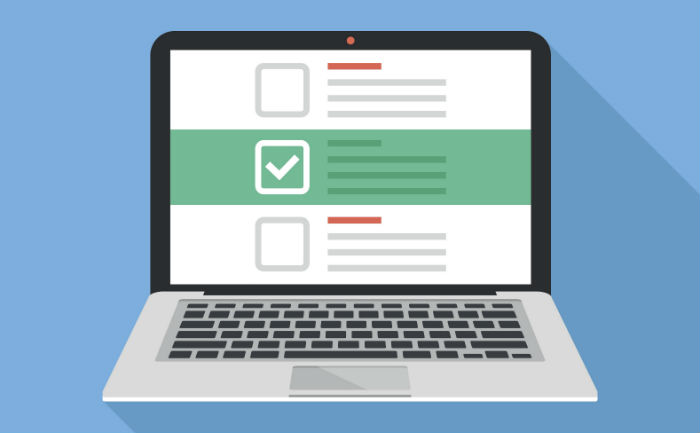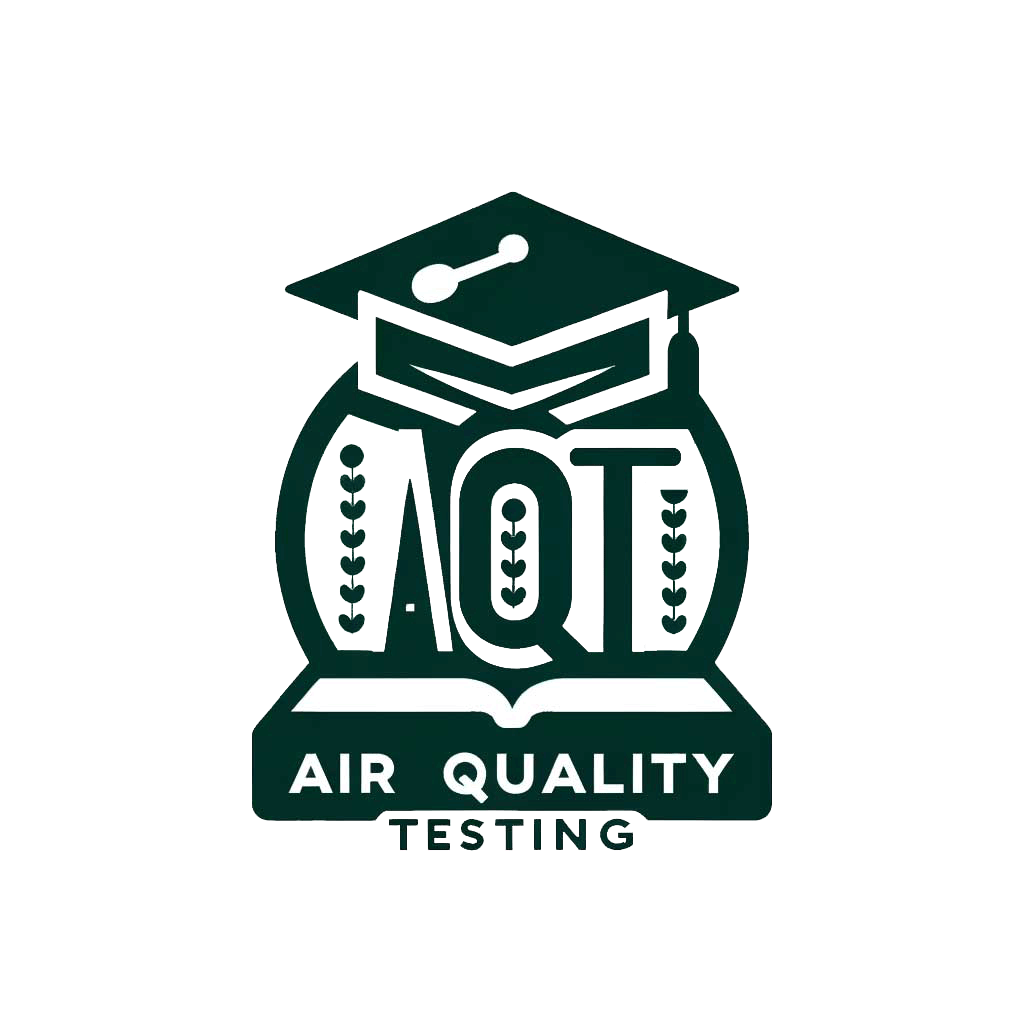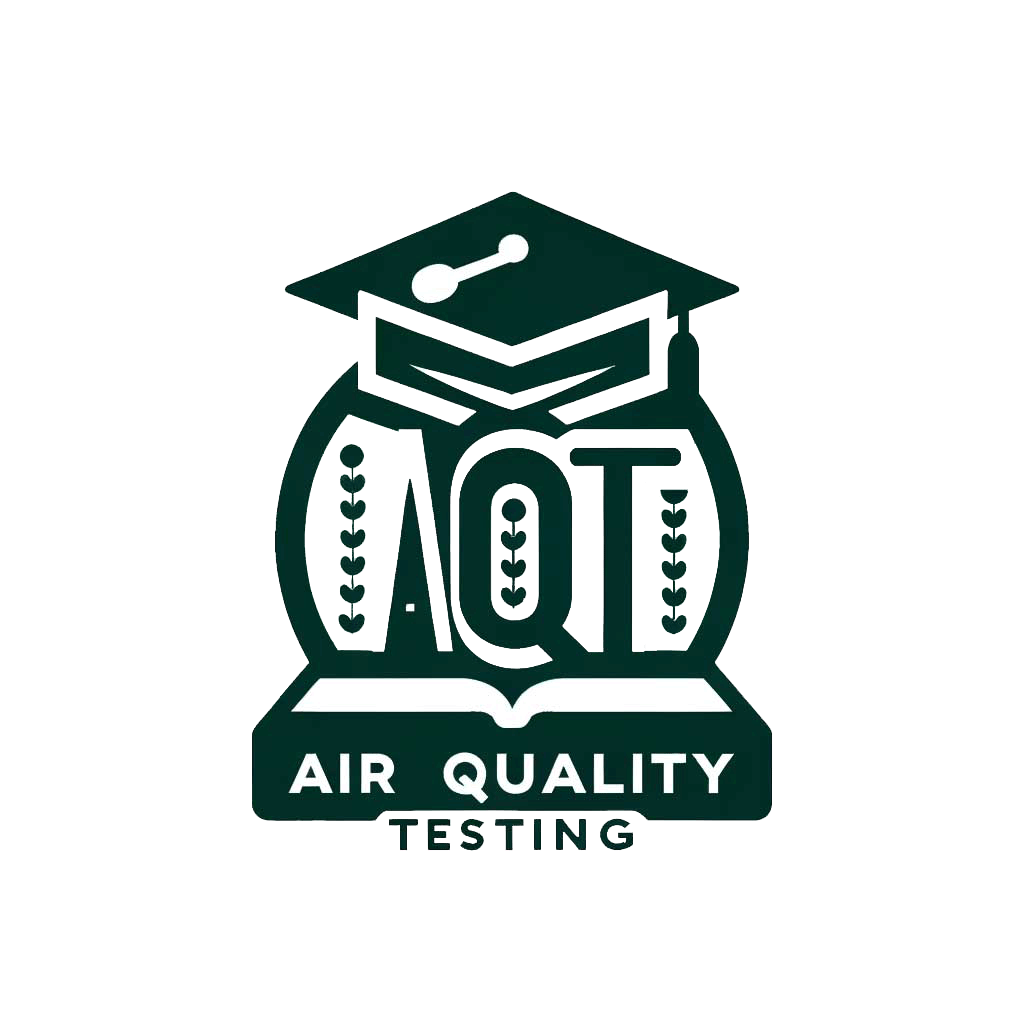Basic Air Quality


Importance of Air Quality Testing
Monitoring and Protecting Health
Air quality testing plays a crucial role in safeguarding public health by providing essential data on the presence and concentration of pollutants in the environment. Understanding how air quality testing benefits individuals and communities underscores its significance in our efforts to maintain healthy living spaces.
Understanding Exposure Levels
- Identifying Pollutants: Air quality testing helps identify the specific pollutants present in an environment, whether indoors or outdoors. By determining the types and concentrations of pollutants, such as particulate matter (PM2.5 and PM10), nitrogen oxides, sulfur dioxide, carbon monoxide, volatile organic compounds (VOCs), and ozone, individuals and communities can assess their exposure levels.
- Assessing Health Risks: Different pollutants pose different health risks, and understanding the concentration levels of these pollutants is essential for evaluating the potential health impacts. For instance, high levels of PM2.5 can significantly increase the risk of respiratory and cardiovascular diseases. Air quality testing provides the data needed to make this assessment.
Mitigating Risks
- Informing Public Health Actions: With accurate data on air quality, health authorities and policymakers can implement targeted public health actions. This might include issuing health advisories during days of poor air quality, enacting policies to reduce emissions from key sources like transportation and industry, and planning urban development in ways that minimize air pollution exposure.
- Guiding Personal Decisions: Individuals can use information from air quality testing to make informed decisions about their daily activities, especially vulnerable populations like children, the elderly, and those with pre-existing health conditions. For example, on days when air quality is poor, people might choose to stay indoors, reduce physical exertion, or use air purifiers to minimize exposure.
- Community and Workplace Safety: Air quality testing is also vital for ensuring safety in community spaces and workplaces. Schools, businesses, and public buildings can use air quality data to implement measures that protect occupants, such as improving ventilation, controlling sources of indoor pollution, and adopting air filtration systems.
Long-Term Health Protection
- Chronic Exposure Reduction: By continuously monitoring air quality, communities can identify patterns of pollution and take steps to reduce chronic exposure to harmful pollutants. Long-term strategies may include enhancing green spaces, promoting public transportation, and transitioning to renewable energy sources.
- Educational Value: Regular air quality testing and reporting raise awareness about the importance of clean air, educating the public on how air quality directly affects health and well-being. This knowledge empowers individuals and communities to advocate for cleaner air and supports public health initiatives aimed at reducing pollution.
In summary, air quality testing is an indispensable tool in monitoring and protecting public health. It enables individuals and communities to understand their exposure to air pollutants, informs actions to mitigate these risks, and supports broader efforts to reduce the prevalence of air pollution-related diseases. By prioritizing air quality testing, we can take significant strides toward creating healthier environments for all.
Informing Decisions
Air quality testing is not just a tool for monitoring the environment; it is a critical resource for informing decisions that can lead to significant improvements in air quality. This data-driven approach allows policymakers, urban planners, businesses, and community leaders to devise strategies that address the root causes of air pollution, thereby enhancing public health and environmental sustainability.
Guiding Policy and Regulation
- Policy Development: Testing data provides a factual basis for developing air quality policies. By identifying the most prevalent pollutants and their sources, legislators can craft targeted regulations that address specific issues, such as reducing emissions from vehicles, industrial processes, and other significant contributors to air pollution.
- Regulatory Compliance: Air quality standards set by regulatory bodies require continuous monitoring and reporting. Testing data helps in ensuring compliance with these standards and can trigger enforcement actions when necessary, promoting accountability among industries and other polluters.
Strategic Planning and Implementation
- Urban and Transport Planning: Urban planners can use air quality testing data to design cities that minimize air pollution. This might include creating zones with reduced traffic, promoting public transportation, cycling, and walking, and planning residential areas away from industrial zones and major roadways.
- Infrastructure Investments: Information on air pollutants can guide investments in infrastructure to improve air quality, such as developing green spaces that act as “lungs” for cities, installing air filtration systems in public buildings, and supporting the transition to renewable energy sources.
Enhancing Public Awareness and Engagement
- Public Health Campaigns: Air quality data can support public health campaigns by highlighting the importance of clean air and the dangers of pollution. These campaigns can educate the public on how to protect themselves from poor air quality and encourage behaviors that contribute to pollution reduction.
- Community Action: Armed with information about air quality issues, communities can mobilize to demand action from policymakers and industries. Testing data empowers citizens to advocate for clean air initiatives and participate in decision-making processes that affect their environment.
Driving Innovation and Technology
- Innovation in Pollution Control: Data from air quality testing can stimulate innovation in pollution control technologies. Knowing the composition and concentration of pollutants encourages the development of more effective air purification and emission reduction technologies.
- Smart City Solutions: Cities can integrate air quality data into smart city platforms, using it to optimize traffic flows, monitor industrial emissions in real time, and provide citizens with timely information about air quality conditions.
In summary, air quality testing data is invaluable for informing decisions across a wide range of areas. It enables the development of targeted policies, supports strategic urban and transportation planning, enhances public awareness and engagement, and drives technological innovation. By leveraging this data, decision-makers can implement effective strategies to improve air quality, protect public health, and ensure a sustainable future for our communities.
frequently asked questions
How does the number of occupants in a home or building impact indoor air quality and duct cleaning frequency?
The number of occupants significantly affects indoor air quality, with more people leading to faster dust and allergen accumulation. Duct cleaning frequency should be adjusted accordingly.
How does family living, especially with children and pets, affect the need for more frequent duct cleaning?
Families with more occupants, children, and pets might need to consider duct cleaning every 2-3 years to maintain healthy indoor air quality.
In multi-family buildings like condominiums, what factors influence the frequency of duct cleaning?
Centralized HVAC systems in multi-family buildings can accumulate pollutants faster. Building management should consider annual inspections and more frequent cleaning to ensure optimal air quality.
What frequency of duct cleaning is advisable for homes with shared housing arrangements, such as renters or extended family?
Homes with shared living situations might benefit from annual or bi-annual duct cleaning to manage increased activity and maintain a healthier environment.
Why do office buildings with a higher number of employees often require more frequent duct cleaning?
Increased occupancy in office buildings leads to greater air quality challenges due to activity and equipment use. They generally require more frequent cleanings.
What is the recommended duct cleaning frequency for high-traffic commercial spaces like retail stores or restaurants?
High-traffic commercial spaces often need quarterly or bi-annual duct cleaning to ensure a healthy environment and comply with health standards.
Why might schools and educational institutions consider yearly or seasonal duct cleaning?
Schools, with their high occupancy of children susceptible to respiratory issues, may benefit from yearly or seasonal duct cleaning to maintain a healthy learning environment.
How does the seasonal nature of rentals impact duct cleaning frequency?
Properties rented out seasonally may require duct cleaning after a high-traffic rental season to ensure good air quality for the next group of renters.
Why is it crucial to consult with professional duct cleaning services when determining cleaning frequency based on occupancy levels?
Professional services can assess specific conditions and provide expert guidance on the most appropriate cleaning schedule tailored to your situation.



 NADCA
NADCA 


